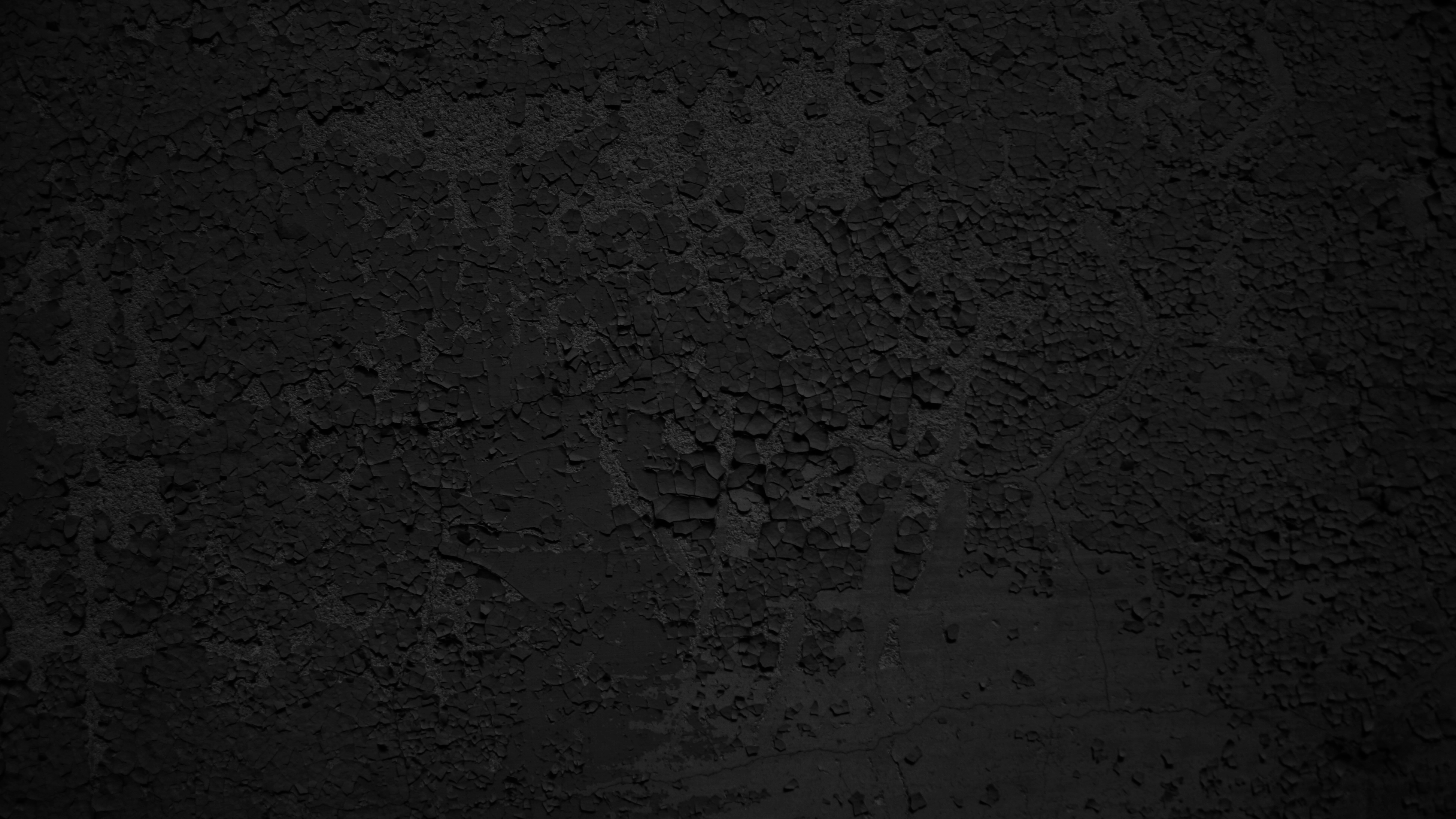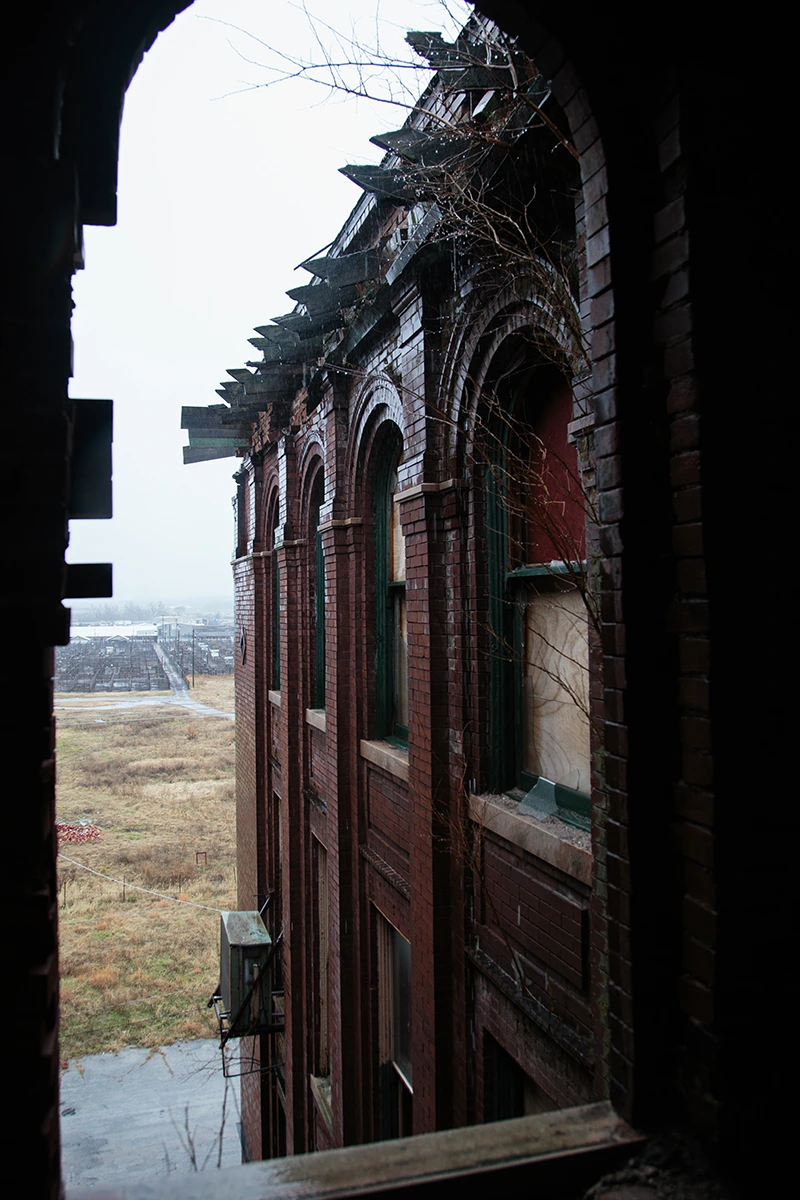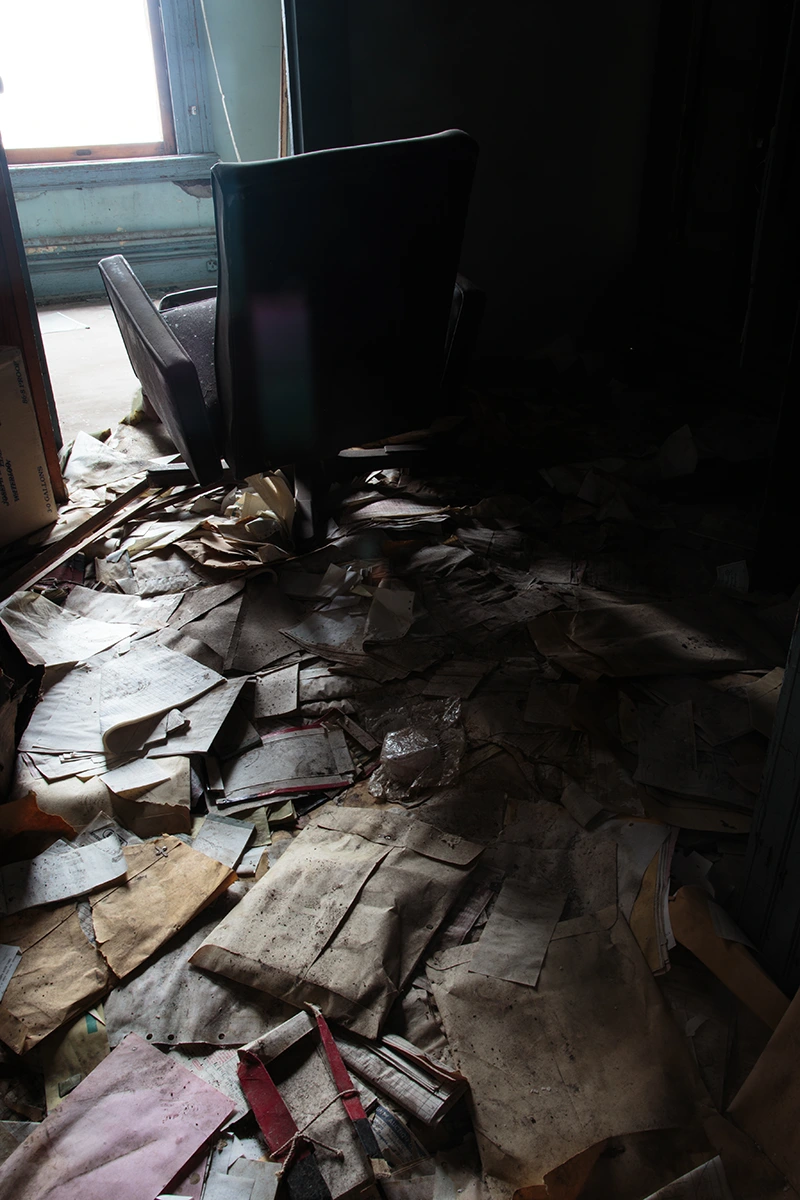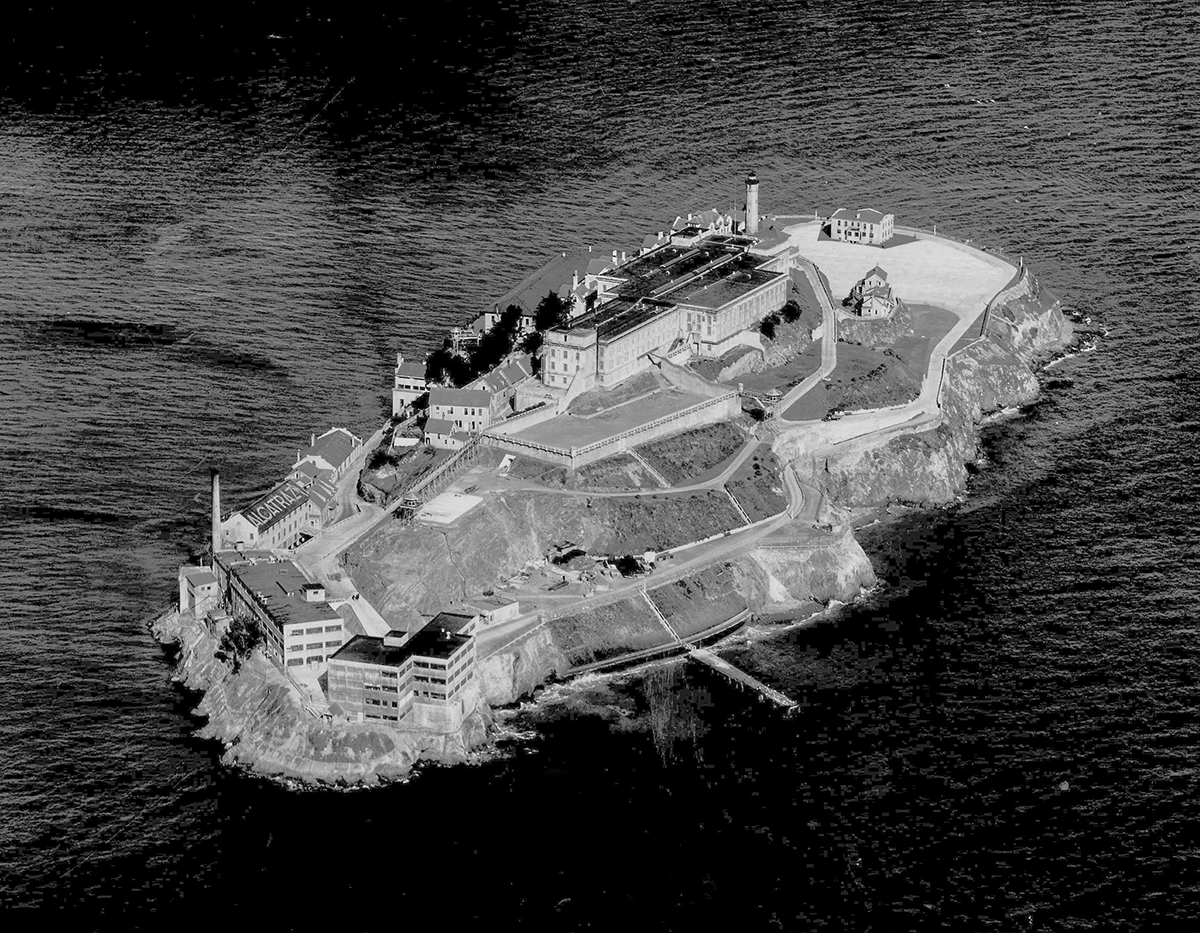Monday, December 21, 2015
The Livestock Exchange Building was constructed in 1898, dedicated on June 9, 1899, and was a central hub for the local livestock, meatpacking and railroad industries in St Joseph Missouri for most of the last 100 years. The building provided offices for a variety of operations with a common interest; The first floor included the Stockyards offices as well as a bank, post office and even a cigar stand. In addition, the USDA, Western Union Telegraph Company and countless railroad companies, livestock commissions and packing companies had offices located here. It continued to serve in this capacity until roughly 2008. This building was directly involved in the prosperity of St Joseph in the early 20th century as it was the center of the livestock industries which were among the most important in the United States at the time. In fact, by 1902, St Joseph was the 5th largest livestock market in the United States and it produced roughly 30 million dollars worth of product, or 3.8 percent of the total output of the entire country. In 30 years, the population here had increased from 1,000 inhabitants to over 15,000 and the stockyards and meatpacking industries employed more than 4,500 residents. Business was good while it lasted. But by the 21st Century, The Livestock Exchange building was one of the only such structures left standing from all the other major cities. It was designed by one of the most prominent architects of the time, E. J. Eckel. Eckel designed a wide variety of significant buildings here and elsewhere throughout the country. Five years after its completion, the Livestock Exchange building was hailed as "The handsomest and most convenient structure of its kind ever erected for the livestock trade."
It was absolutely pouring down rain when we arrived. Inside, it wasn't much better. Water made its way throughout the structure without respect to the damage it was causing the historic oak furnishings. It wasn't hard to imagine this place in full swing, full of people furiously buying and selling livestock, getting paid and paying out in return. There were still desks and remnants of their daily business everywhere. But there was also a lot of broken glass and damage scattered among the wreck. In the lower levels, the sound of rain pouring down into the building was everywhere. As we went higher the rain was interrupted by the sound of cattle, reminding us that just as this building is still hanging on, though just by a thread, after 120 years, so too is the stockyard still barely holding on in the same place after all this time. For all the prosperity this building helped bring to Saint Joseph Missouri, it would truly be a shame to lose it through neglect and vandalism and I hope that someone can resume the stalled preservation efforts before it's too late. I would have liked to spend a little more time here but the rain didn't let up and we had other places to be that day. Hopefully I'll get the chance to return soon.
Update: The Livestock Exchange building has been demolished.
Source: 1
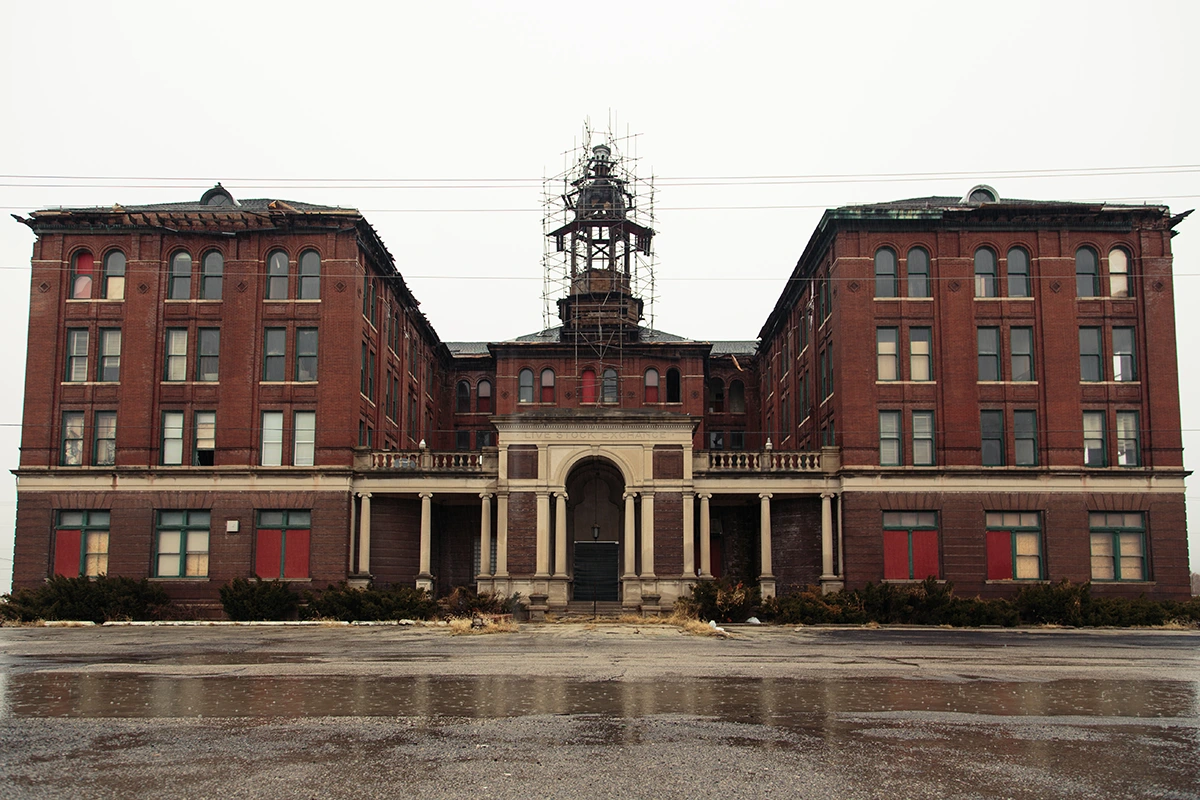
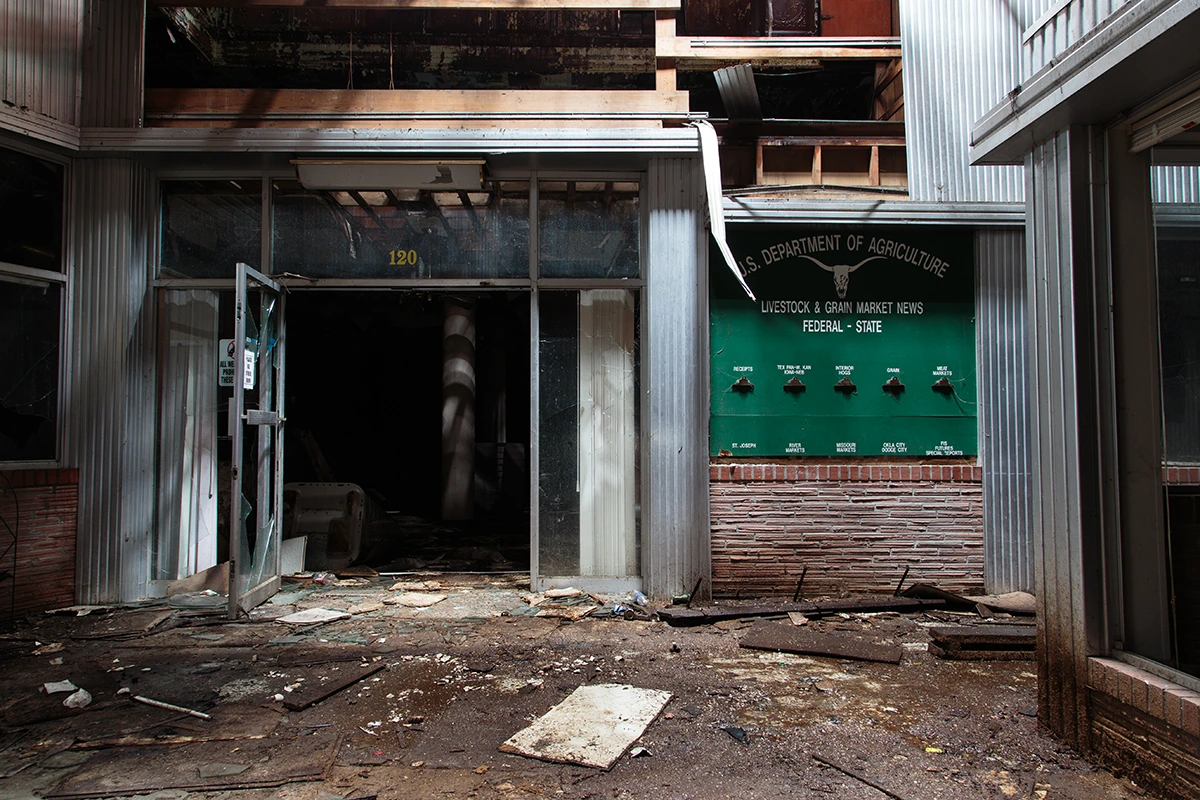
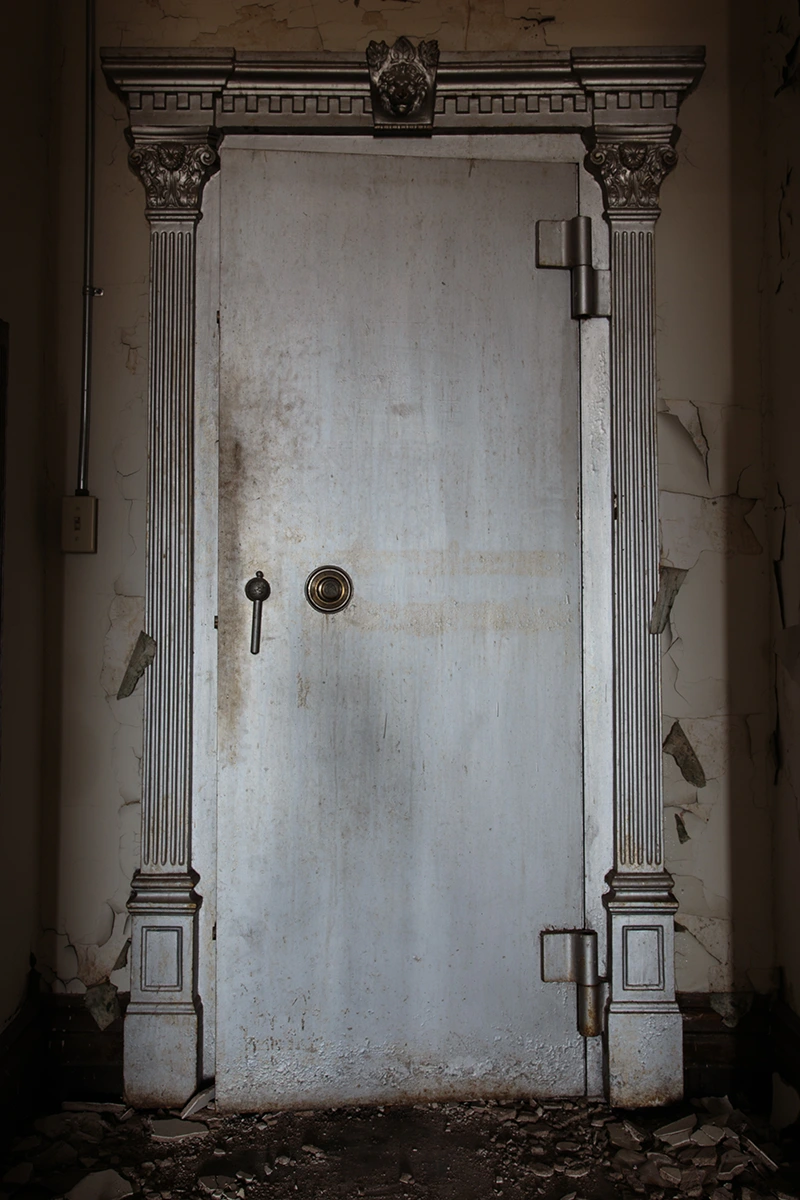
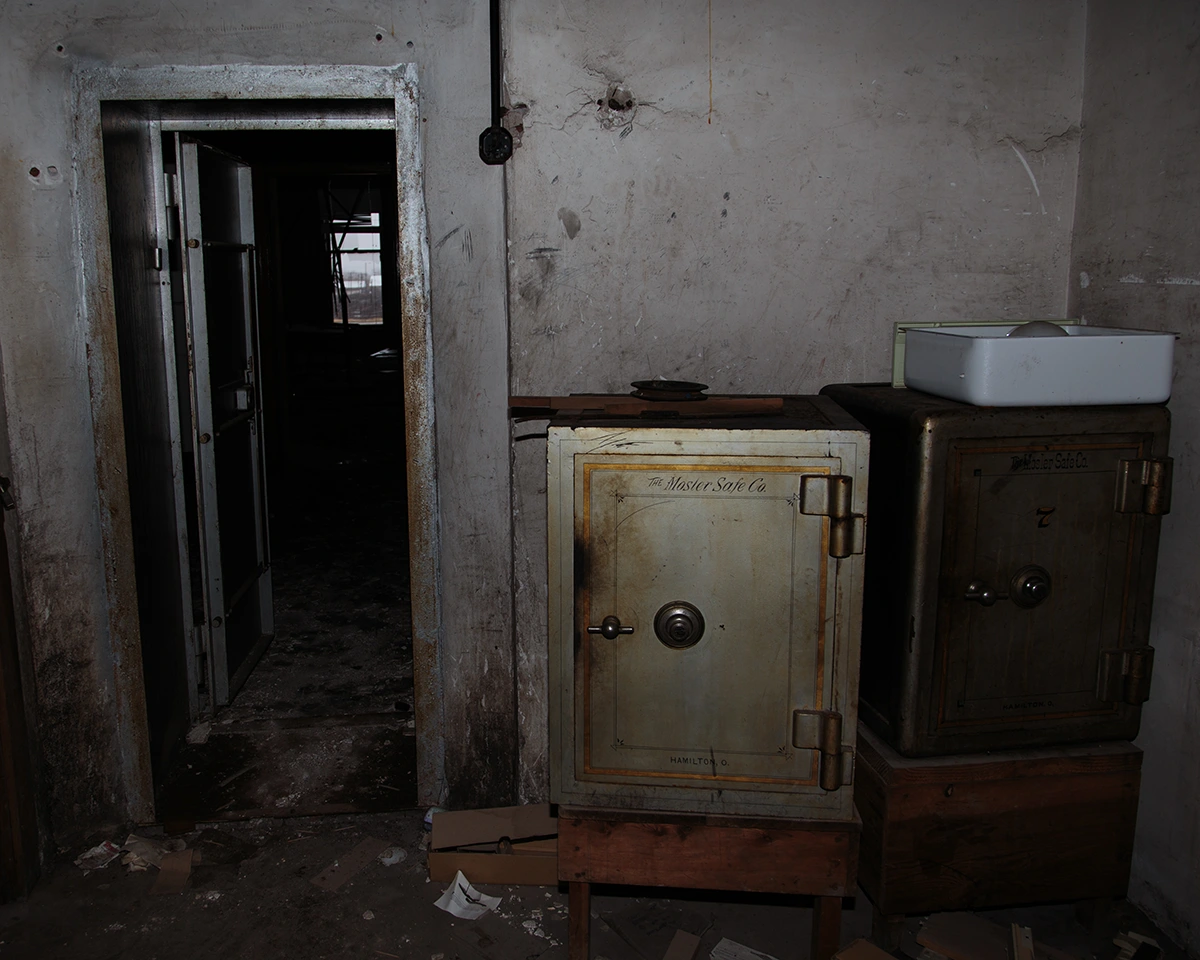
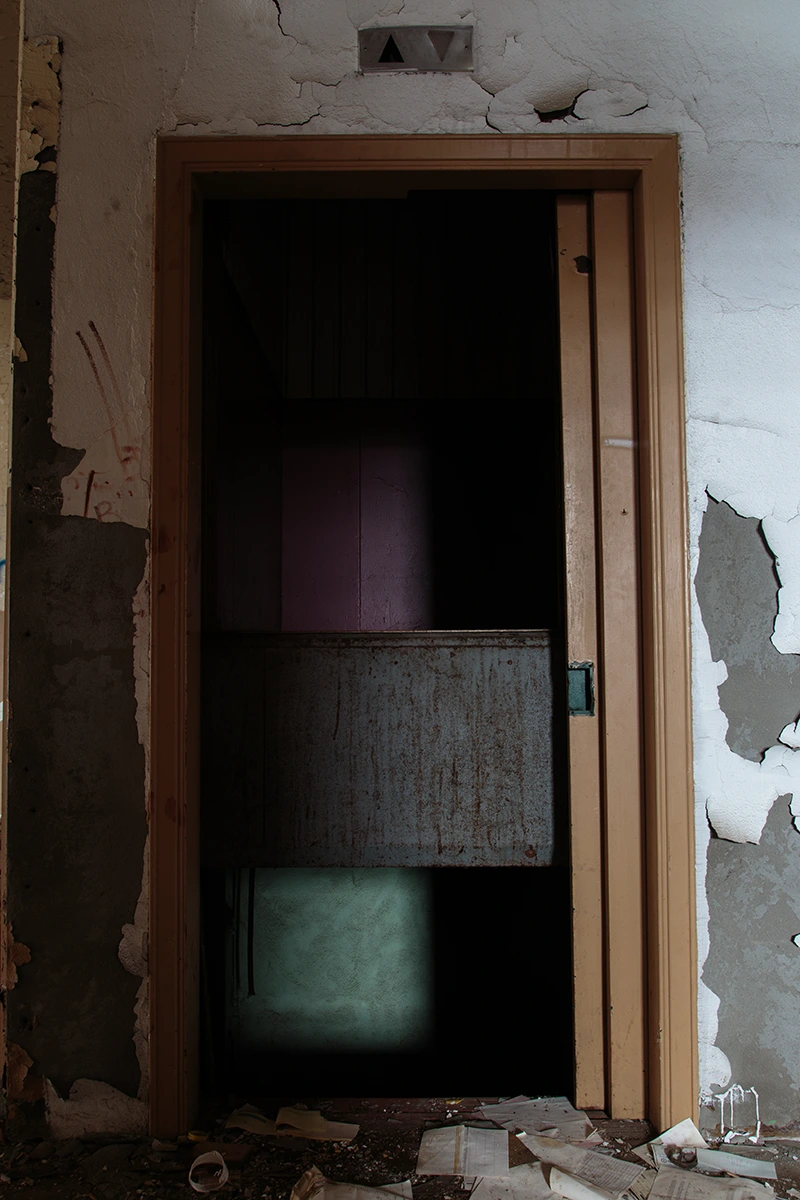
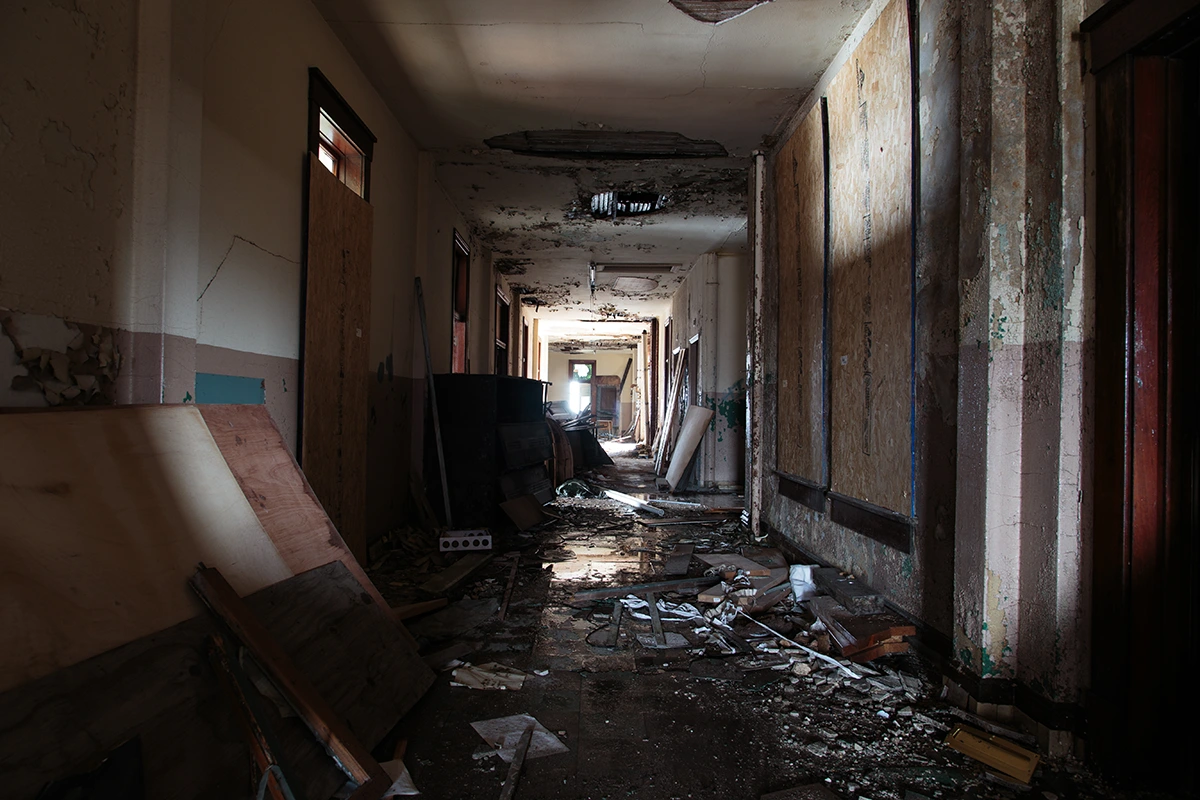
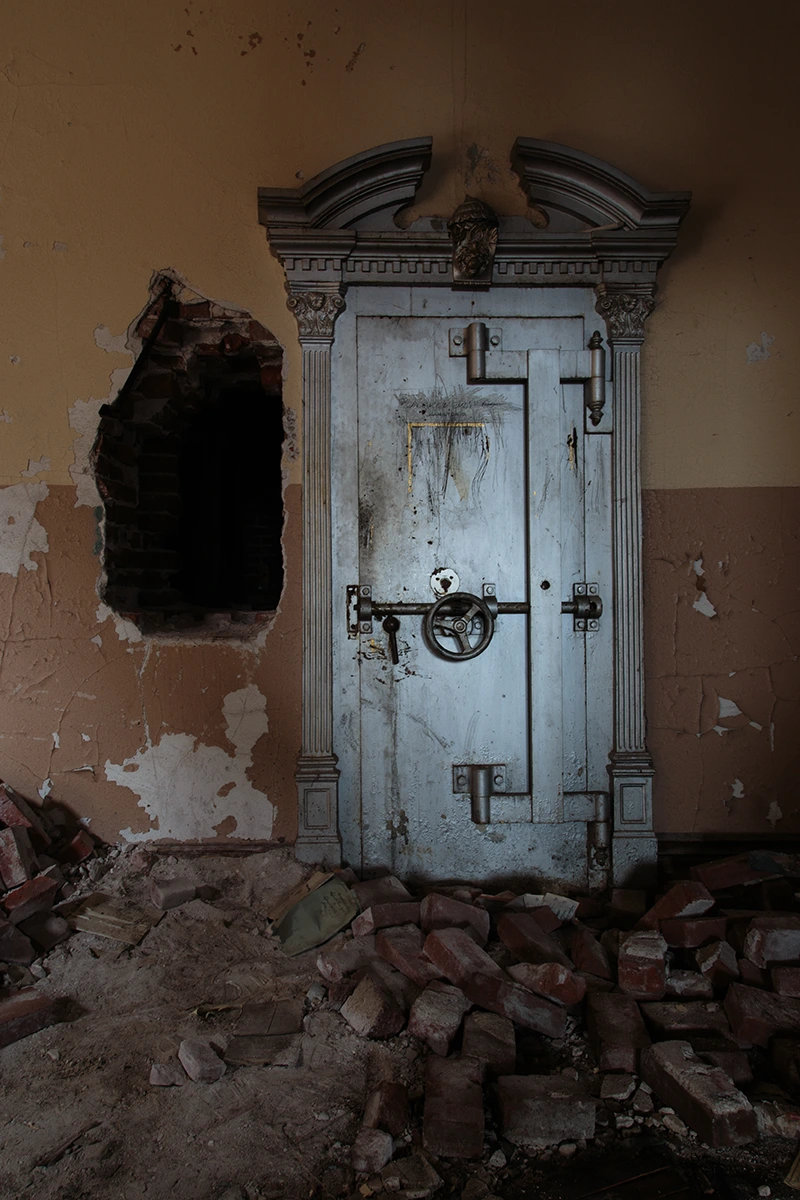
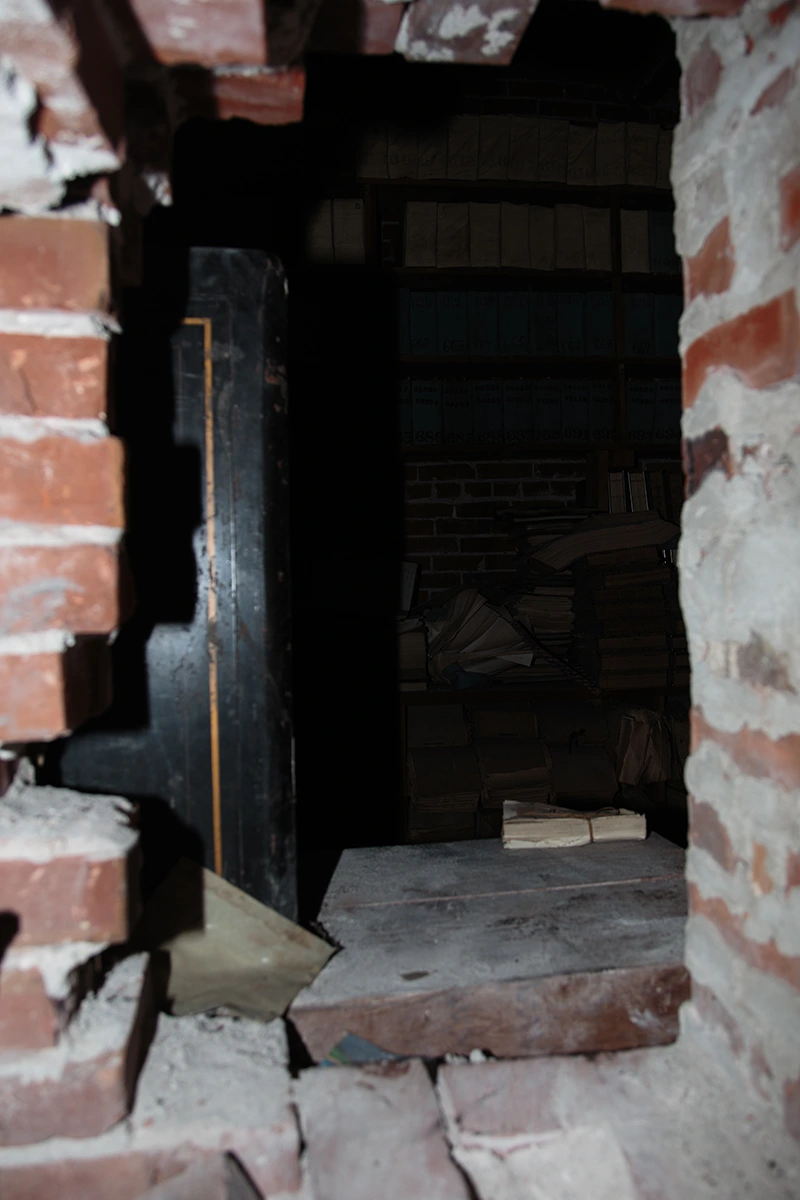
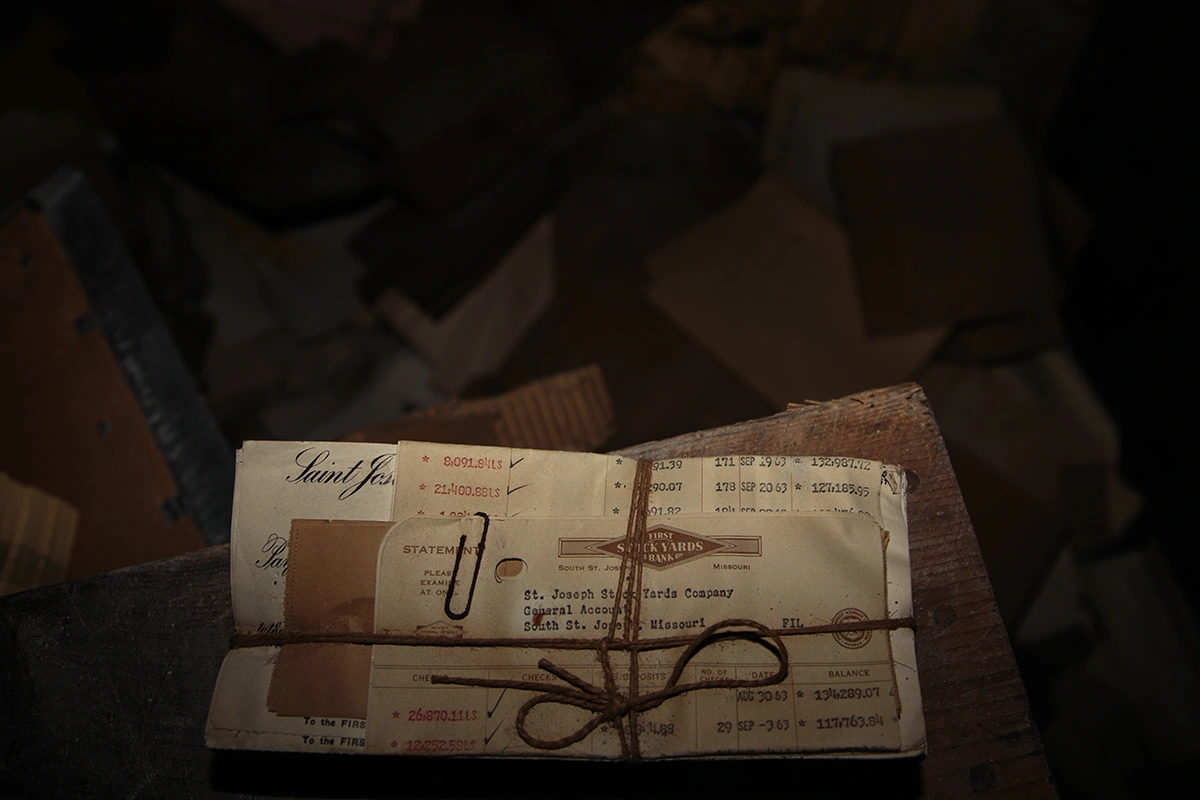
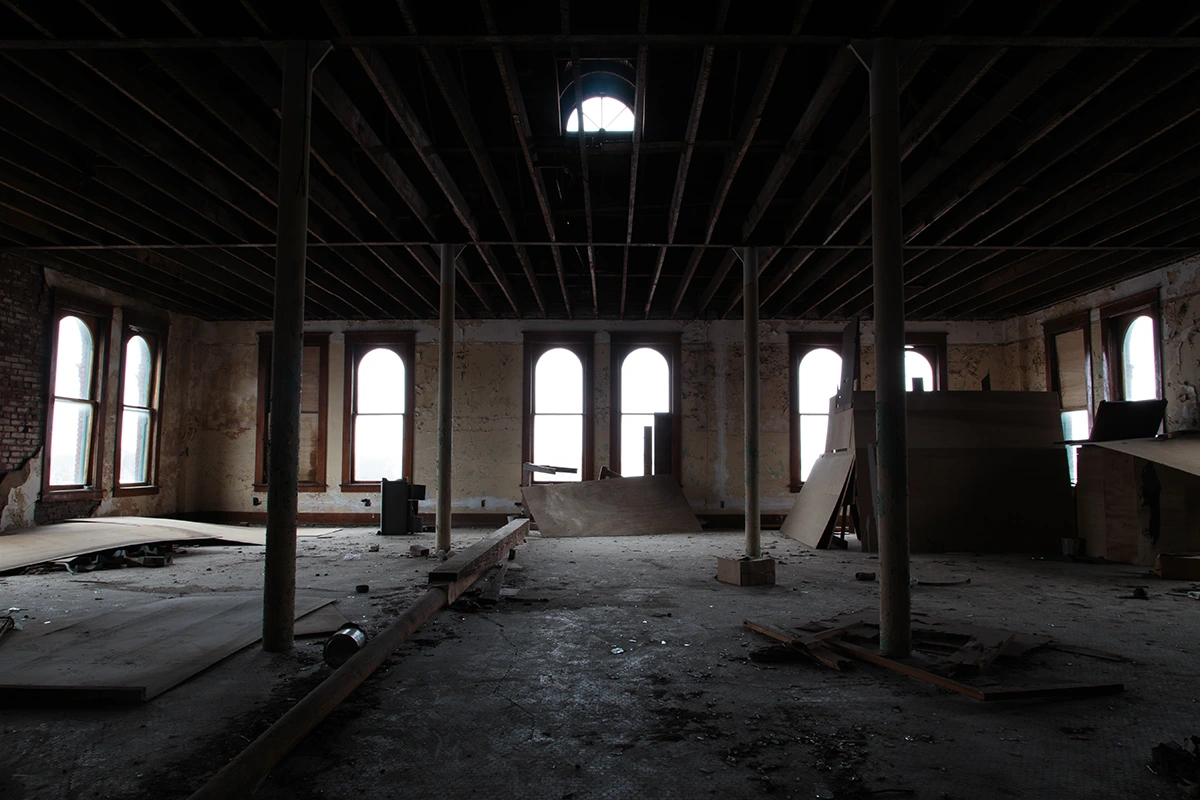
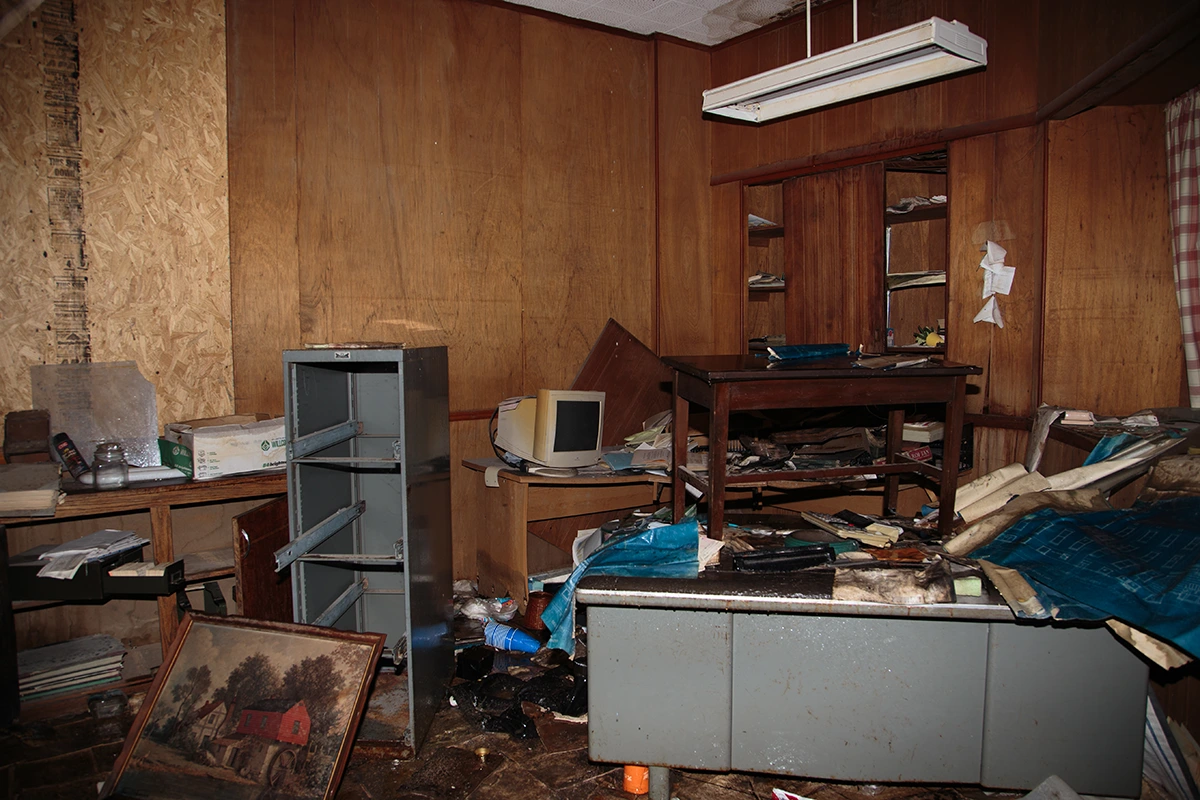
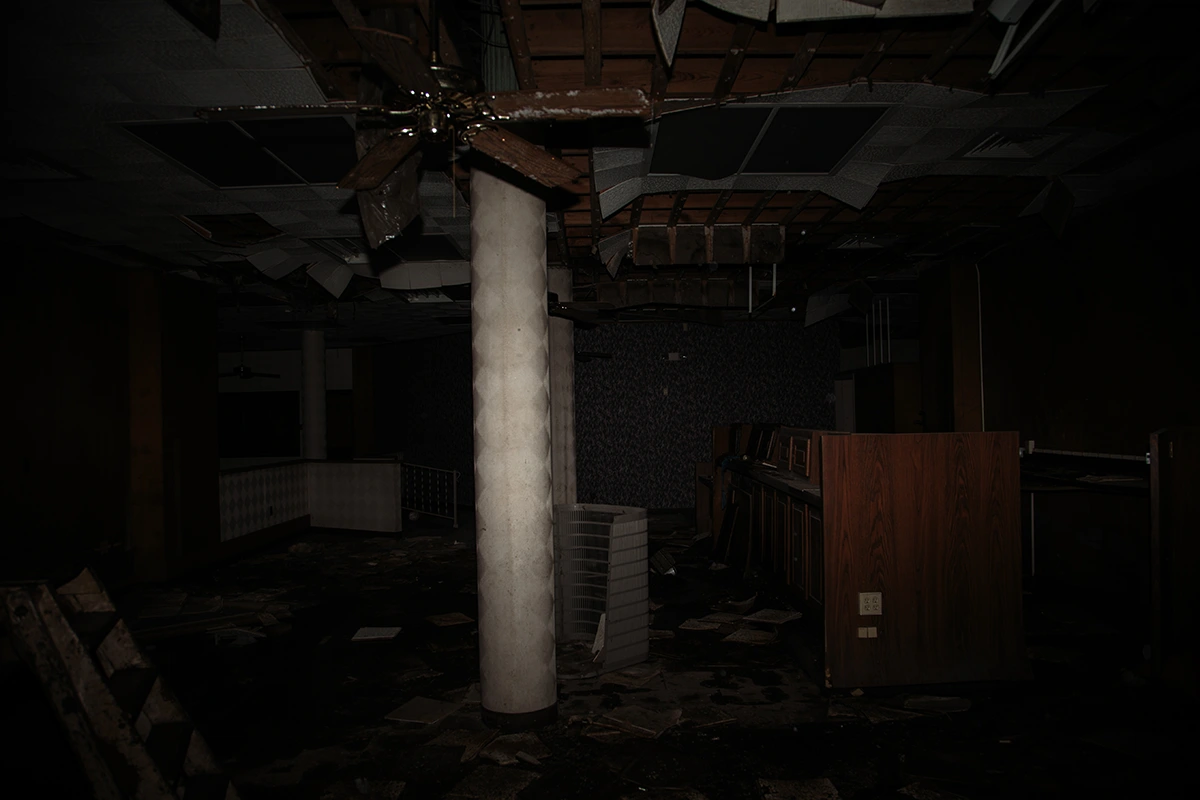
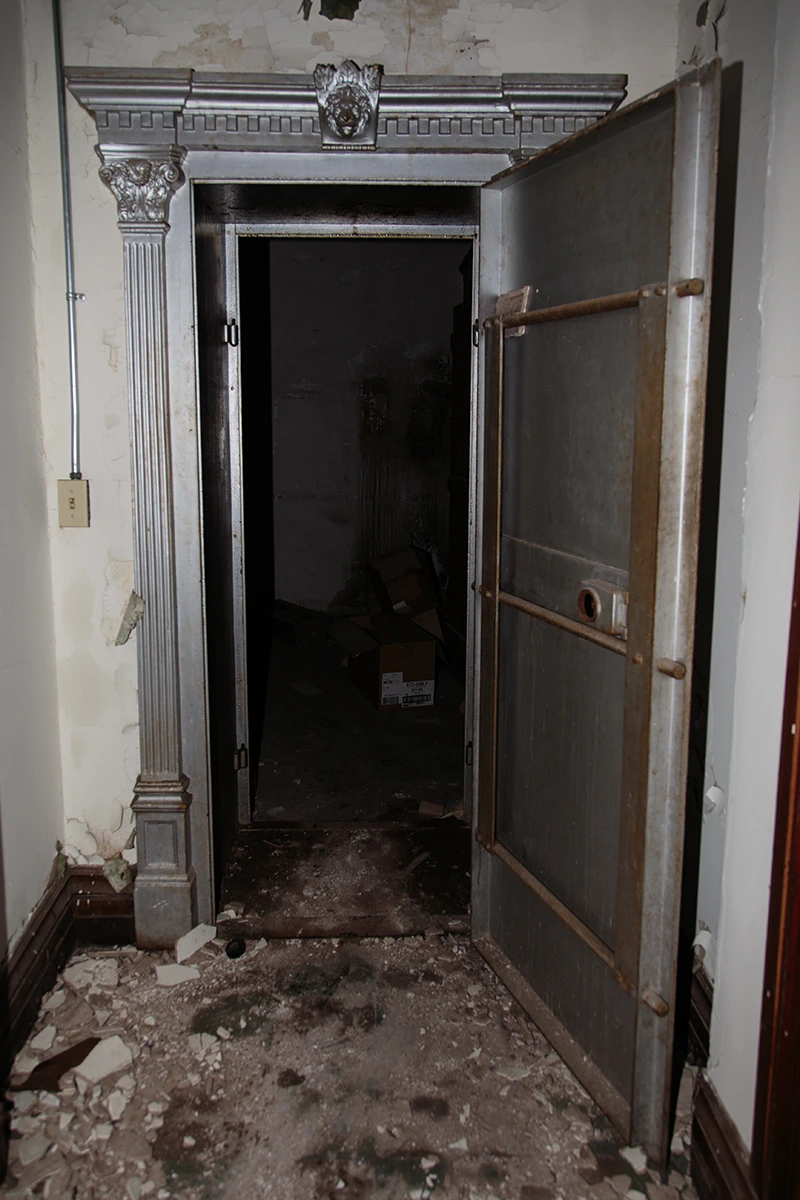
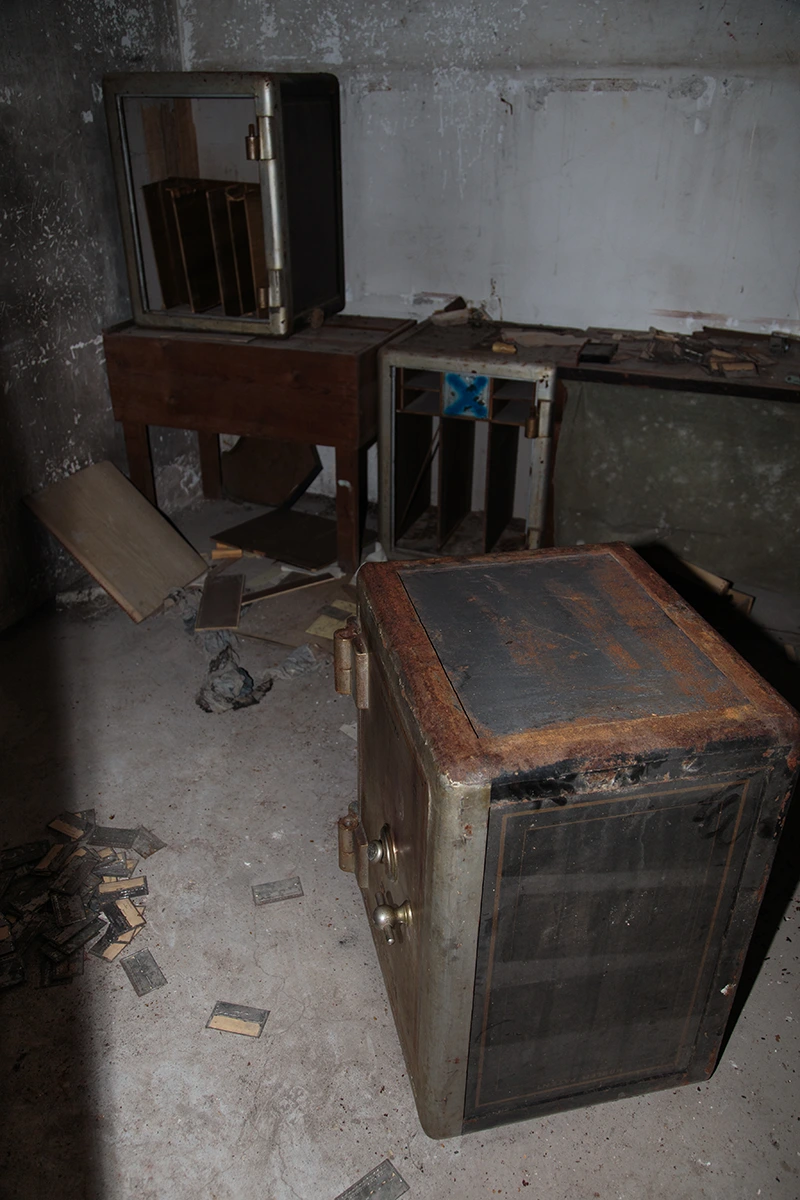
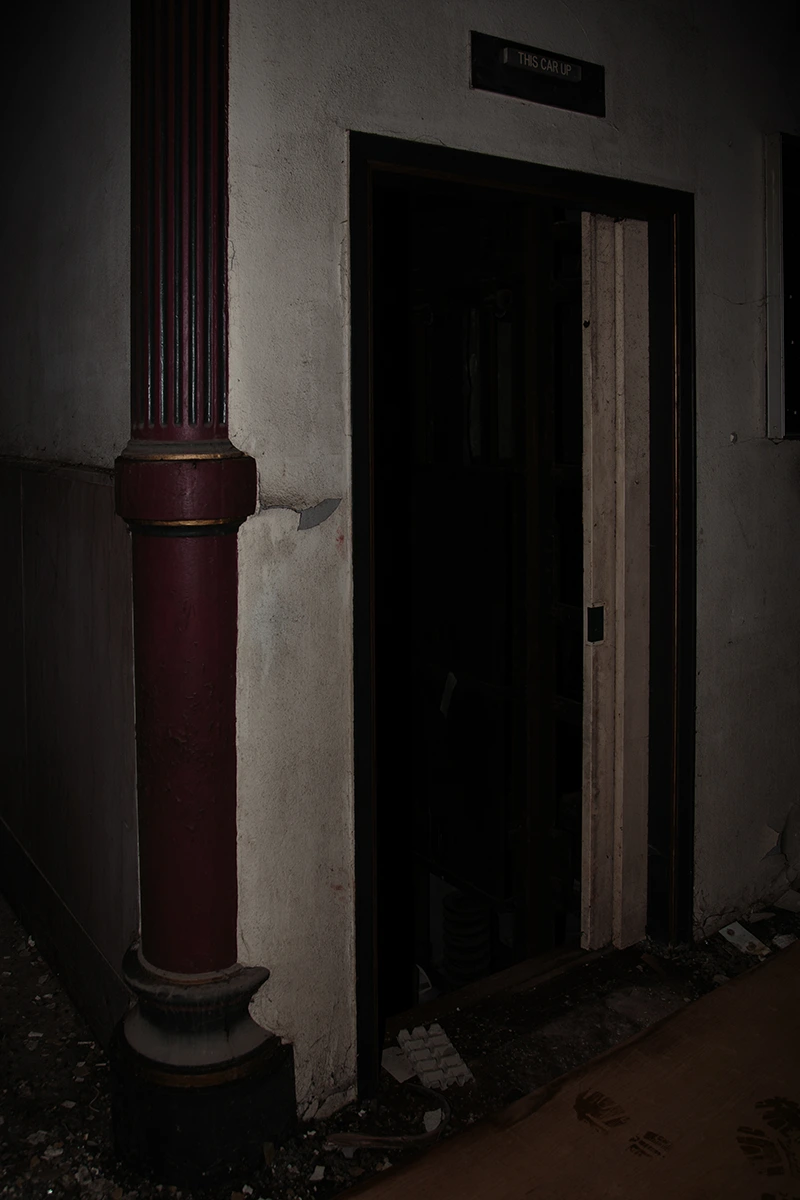
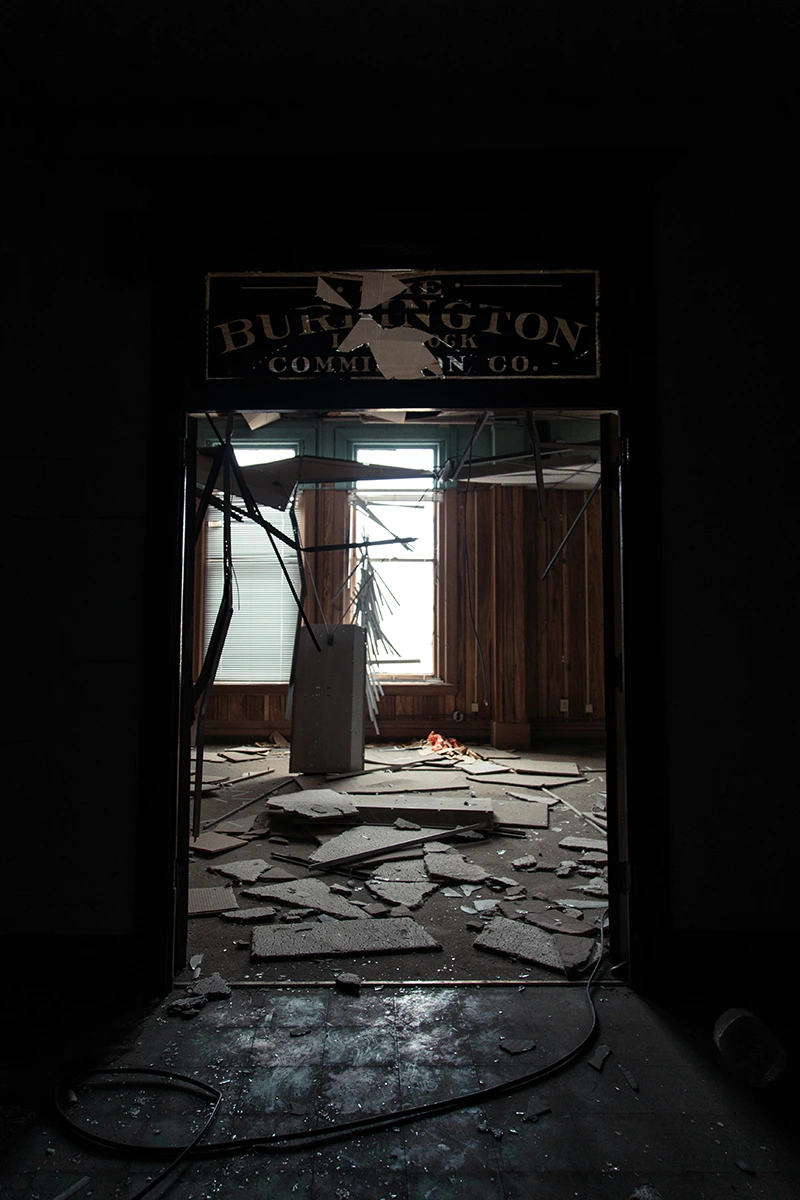
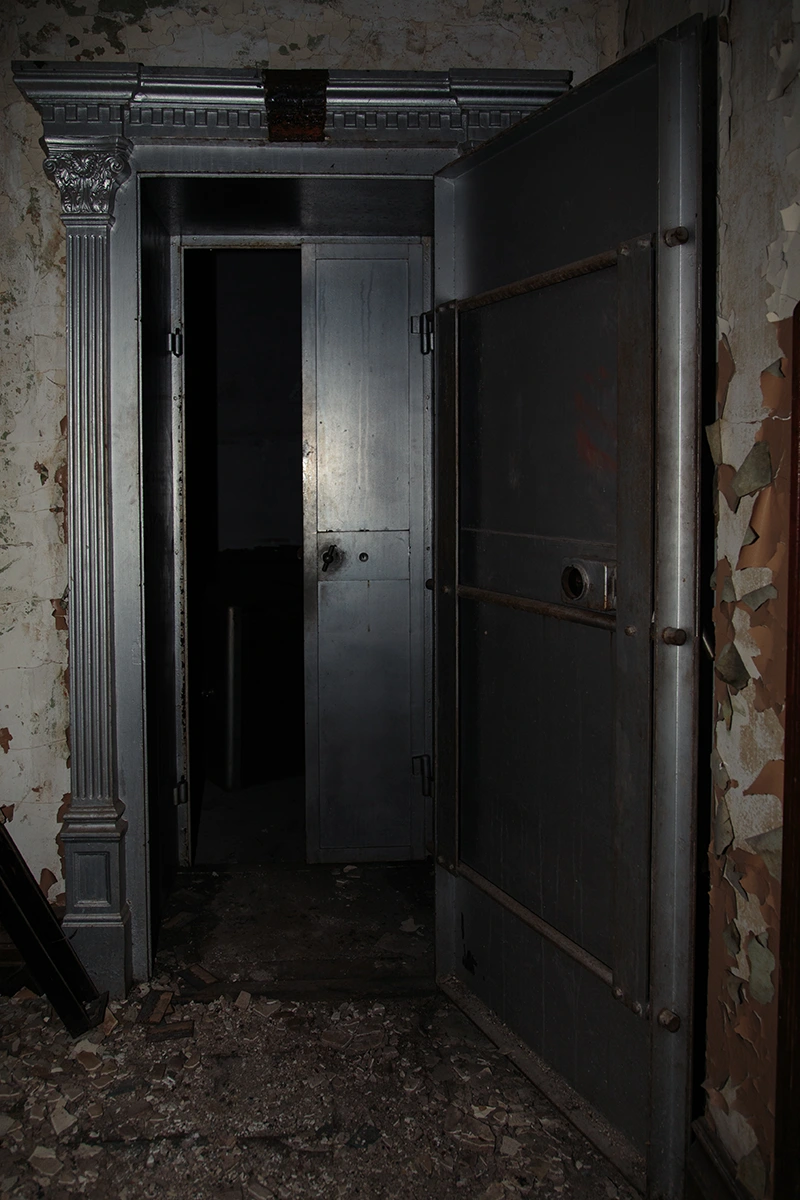
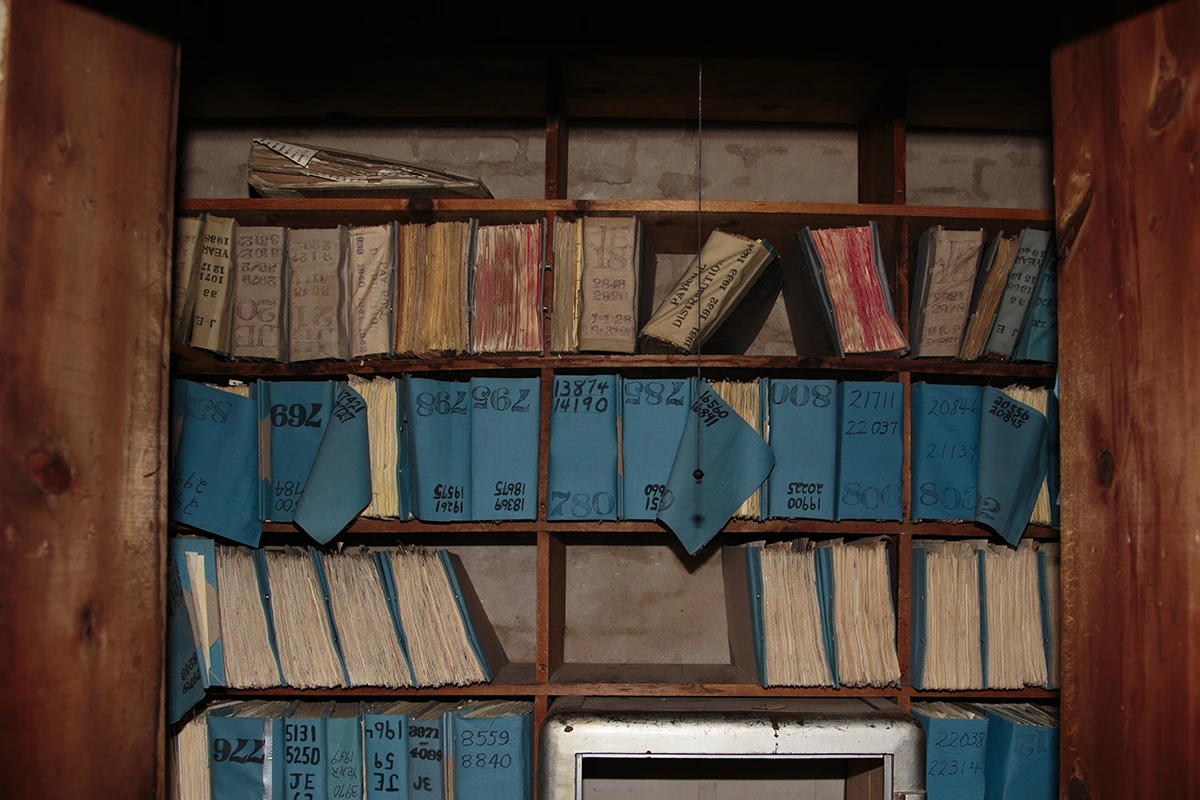

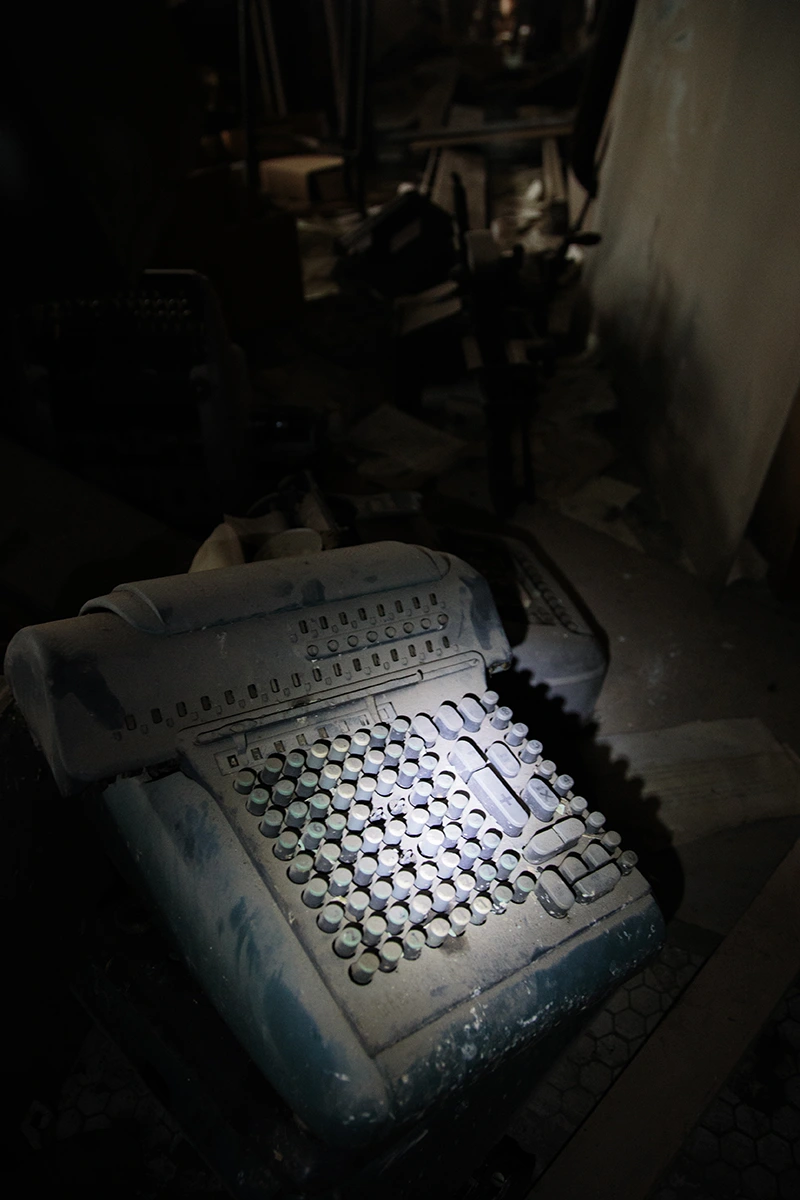
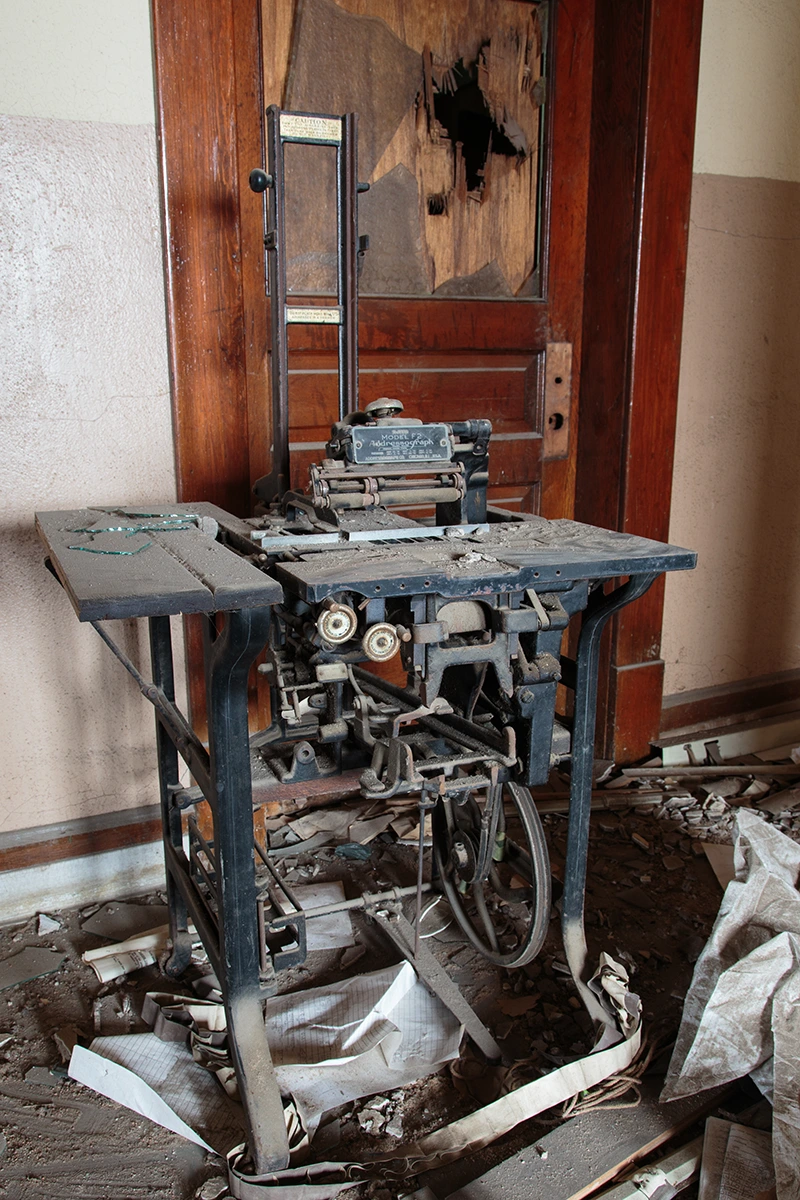
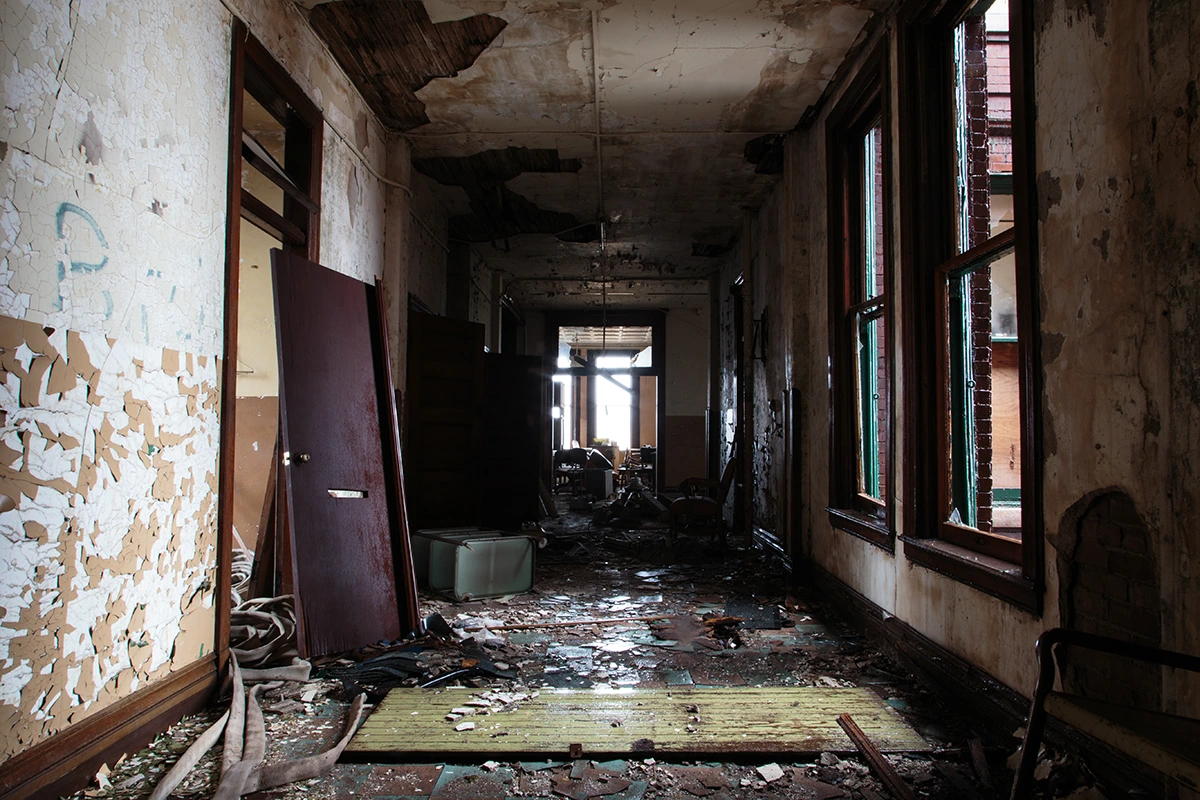
Labels: 1800s, abandoned, architecture, historic, livestock, stockyards
